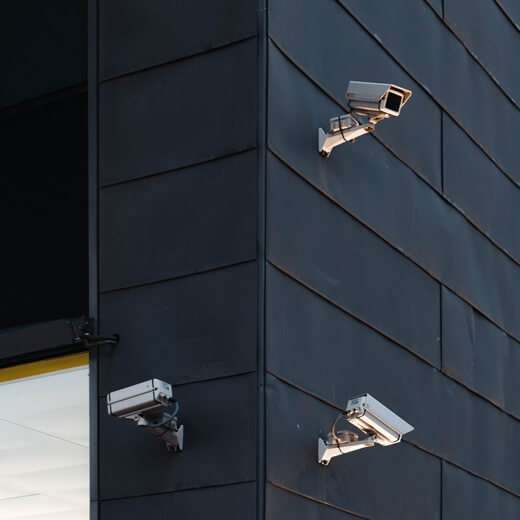
Smart Home Security Cameras: Enhancing Safety and Surveillance
Smart home security cameras have become a crucial component of modern home automation, providing real-time monitoring, motion detection, and remote access. These cameras not only enhance security but also improve convenience by allowing homeowners to keep an eye on their property from anywhere in the world.
1. Real-Time Monitoring and Remote Access
One of the biggest advantages of smart security cameras is their ability to provide live video feeds that can be accessed remotely through a smartphone or computer. Whether you’re at work, on vacation, or simply in another room, you can monitor different areas of your home in real time. Some cameras also allow two-way audio communication, enabling you to interact with visitors or deter intruders.2. Motion Detection and Instant Alerts
Modern smart cameras are equipped with advanced motion sensors that detect movement and send instant alerts to your phone. Some models use AI-based facial recognition to differentiate between family members, pets, and potential intruders, reducing false alarms. This proactive approach enhances security by notifying homeowners immediately when unusual activity is detected.3. Night Vision and 24/7 Surveillance
Many smart security cameras feature infrared night vision, allowing them to capture clear footage even in complete darkness. This ensures that your home remains protected around the clock, regardless of lighting conditions. Some high-end models also come with color night vision for enhanced image clarity.4. Cloud and Local Storage Options
Most smart cameras offer flexible storage solutions, including cloud-based storage and local SD card options. Cloud storage allows users to access recorded footage from anywhere, while local storage ensures that data remains accessible even if the internet connection is down. Some systems offer encrypted storage for added security.5. Integration with Smart Home Ecosystems
Smart cameras can be integrated with other smart home devices such as alarms, door locks, and lighting systems. For example, if a camera detects movement at the front door, it can trigger smart lights to turn on or send an alert to a connected smart speaker. Integration with voice assistants like Alexa or Google Assistant also enables hands-free control.6. Privacy and Cybersecurity Considerations
While smart cameras enhance security, they can also be a target for hackers if not properly protected. To ensure privacy, users should take the following precautions:Use strong, unique passwords for camera accounts.
Enable two-factor authentication (2FA) where possible.
Regularly update firmware to patch security vulnerabilities.
Disable remote access when not needed.
